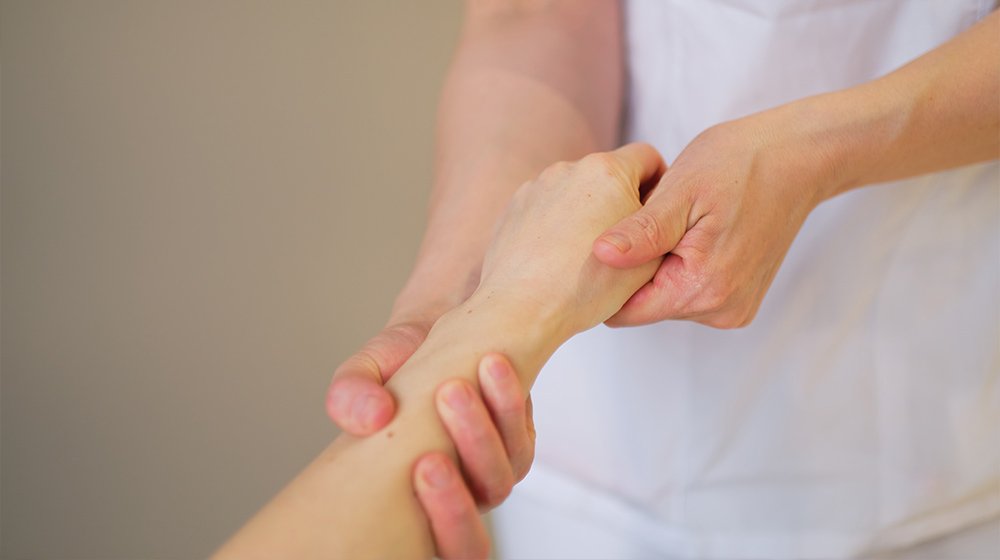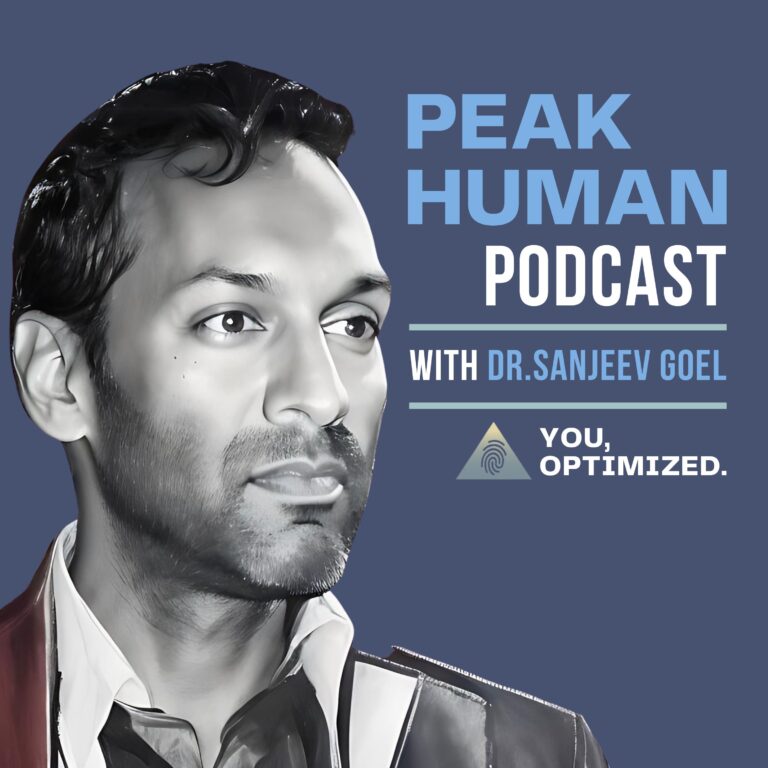As we age, many of our organs experience a natural decline that results in impairment. Bones are among the body parts that deteriorate over time despite their strength in youth. This article reviews bone loss, its causes, symptoms, treatment, and finds out if it is possible to prevent it.
RELATED: What Is TA-65 and How Does It Affect Aging?
Learn How to Maintain Healthy Bones by Preventing Bone Loss
Bones make up the skeleton and provide a framework to support the body. Although they are the most rigid organ in the human body, there is often progressive loss of bones as we get older.
What Is Bone Loss?
Bone loss is a condition that occurs when the natural formation of new bone fails to outpace bone breakdown, leading to weak and brittle bones. Simply put, bone loss occurs if an old bone is broken down faster than a new bone is formed. The inability of bone formation to outpace bone breakdown is attributed to many factors, but primarily to aging.
Bone renewal is always in the process naturally. Old bone mass is broken down and resorbed to be replaced by new bone mass. Bones contain cells involved in the bone renewal process at the cellular level. While the osteoclasts break down old bone tissues, other cells, called osteoblasts, make new bone tissues.
Bone loss can lead to low bone density, weakness, and eventually osteoporosis, a disease characterized by the extreme fragility of bone. Osteoporosis causes the bones to be so fragile that even a minor force such as coughing can result in fractures. Without treatment, osteoporosis can progress silently without symptoms until a bone breaks.
What Causes Bone Loss?
Aging
Age-related bone loss, also known as senile bone loss, is the most common type of this condition. During childhood, the formation of bone starts and continues until the body reaches the peak bone mass around age 30, during which efficient bone formation gives strength and high density to the bones.
However, after that, bone breakdown slowly begins to outpace bone formation, leading to bone loss. This happens because the bone-making osteoblasts no longer function as efficiently as they did, as seen in healthy bodies. At the same time, the bone-removing osteoclasts keep breaking down more bones.
Like age-related bone loss, postmenopausal bone loss occurs after menopause or after age 45. Women at this stage experience bone loss at an accelerated pace due to the reduced estrogen levels. This hormone maintains the quantity and activity of the osteoblasts. As a result, low estrogen levels increase bone breakdown and resorption.
Lack of Physical Activity

Since physical exertion during exercise helps bones grow stronger and denser, a lifestyle that does not incorporate adequate physical activity might gradually cause bones to become weaker. Consequently, people who have a sedentary lifestyle are more likely to suffer from bone loss and develop osteoporosis at an earlier age.
Vitamin D Deficiency and Low Dietary Calcium Intakes
Healthy bones require sufficient calcium to maintain their strength and density during bone renewal. A low calcium intake leads to reduced bone density, early onset of bone loss, and a higher risk of fractures.
Vitamin D allows calcium to be more readily absorbed in the gut, promoting bone formation and reducing bone resorption. Vitamin D deficiency prevents calcium from being absorbed even if there is an adequate calcium intake.
Certain Medications
Some medicines, such as corticosteroids for rheumatoid arthritis treatment, can cause bone loss or accelerate the initiation of osteoporosis if taken in a prolonged period. In addition, long-term use of anti-estrogen drugs for breast cancer treatment can also lead to increased bone breakdown and, ultimately, bone loss.
Certain Medical Conditions
Some specific medical conditions are associated with bone loss, including:
- Diabetes mellitus
- Crohn’s disease
- Celiac disease
- Multiple sclerosis
Please consult your doctor if you have any conditions above to see whether your situation might lead to bone loss or osteoporosis. If you take corticosteroids or anti-estrogen drugs, ensure that you take them in indicated amounts and duration.
What Are the Symptoms of Bone Loss?
As mentioned earlier, there are often no noticeable symptoms in the early stage of bone loss as it can progress silently. However, once the bones have deteriorated to the point of osteoporosis, you might notice the following symptoms:
- Back pain due to a fracture
- Height loss over time
- A hunched posture
Commonly reported fracture locations due to osteoporosis include the wrist, spine, and hips. If you are prone to bone fracture in the areas above, you might have osteoporosis.
How to Treat Bone Loss
Your doctor will make a diagnosis based on your age, sex, and bone density scan results. Whether you need treatment depends on your susceptibility to breaking a bone in the future. Common medications prescribed for osteoporosis treatment include:
- Bisphosphonates
- Selective estrogen receptor modulators (SERMs)
- Parathyroid hormone
Other treatment options include:
- Vitamin D and calcium supplementation
- Hormone replacement therapy (HRT) for women after menopause
RELATED: The Wound Healing Effects of BPC-157 Discussed
How to Prevent Bone Loss
Although bone loss due to aging is a natural decline that cannot be reversed, the following approaches can help prevent the early onset or slow down bone loss:
Implement a Diet Rich in Vitamin D and Calcium

A diet high in vitamin D and calcium can help prevent bone loss and osteoporosis by promoting strong, healthy bones. Most people need at least 600 international units (IU) of vitamin D a day, while people above 70 need up to 800 IU. Although you can get vitamin D from sunlight, this might be insufficient if you spend most of your time indoors.
On the other hand, people from 18 to 50 years of age need at least 1,000 milligrams of calcium every day. This amount might go up to 1,200 milligrams when people reach the age of 50. Some best foods for vitamin D and calcium include spinach, kale, soybeans, dairy products, fatty fish, and beef liver.
Maintain a Healthy Lifestyle
Combining different exercises can help strengthen muscles and bones in your arms, legs, hips, and spine and lower your risk of falling. Giving up smoking and abstaining from alcohol consumption can also help prevent bone loss.
Use BPC-157 Capsules
Suppose you are already following a nutritious diet rich in vitamin D and calcium and leading a healthy lifestyle. In that case, you can also include some dietary supplements that strengthen your bones even more. Whether you aim to prevent bone loss or assist a treatment, the following supplement has been proven to accelerate bone healing, resulting in healthier bones.
Peak Human’s BPC-157 is a dietary supplement that can aid in the healing of bone due to its regenerative effect. According to a study, BPC-157 significantly enhanced the recovery of bone defects. Another recent study showed that BPC-157 promoted tendon, ligament, and bone healing. Moreover, BPC-157 effectively aids in the treatment of Crohn’s disease, which is linked to osteoporosis.
In conclusion, detecting low bone density early is crucial for doctors to prescribe optimal treatment. Please remember that even if osteoporosis has developed, doctors can stop the progression of bone loss by appropriate treatment and supplementation.
If you have questions about bone loss or any health problems discussed here, connect with us and learn more.
At Peak Human, our team of healthcare professionals is dedicated to helping you reach your ‘peak’ health with a custom whole-person approach. Using the most cutting-edge, science-backed biohacking and aesthetic tools, technologies, and treatments available today, we help you achieve the highest physical/cognitive performance state, leading to an improved overall quality of life.
For questions or to book an appointment, don’t hesitate to contact us. Get personalized support and insight from expert physicians.
UP NEXT:
- 5 Key Health Benefits of Fisetin
- 5 Practical Things to Know About Intermittent Fasting Before You Start
- Which Vitamin Deficiency Causes Hair Loss





